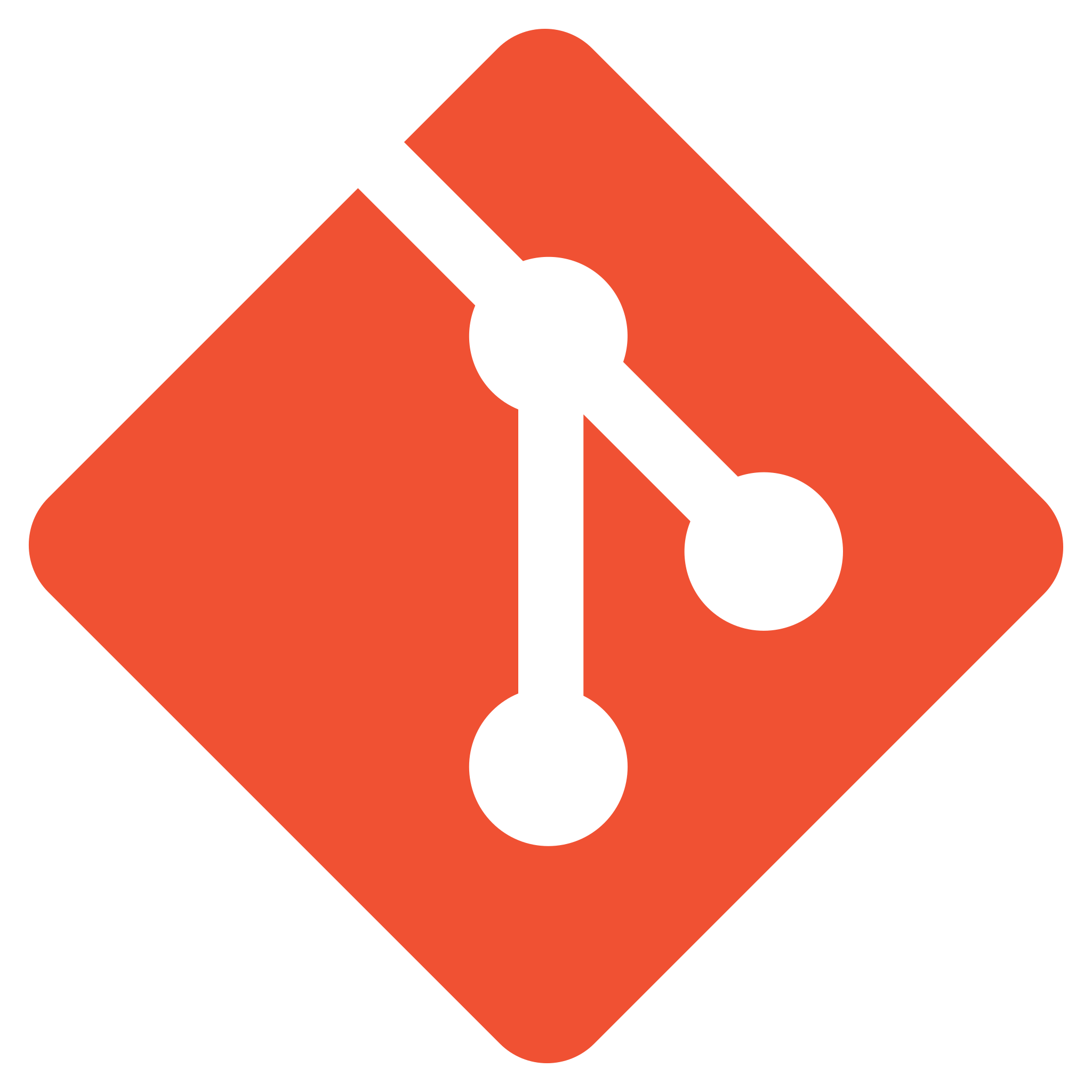What is Artificial Intelligence?

What is Artificial Intelligence (AI)?
AI refers to machines programmed to simulate human intelligence—capable of learning, reasoning, problem-solving, perception, and language understanding. Artificial Intelligence (AI) is one of the most transformative technologies of the 21st century, shaping industries, improving efficiency, and changing how we interact with machines. This guide explores AI fundamentals, types, applications, and future potential.
History of AI
- 1950s: Alan Turing proposes the idea of a “thinking machine” and introduces the Turing Test.
- 1960s: ELIZA, one of the first chatbots, is developed.
- 1997: IBM’s Deep Blue defeats chess grandmaster Garry Kasparov.
- 2010s: Major breakthroughs with Siri, Alexa, and AlphaGo.
- 2020s: GPT, DALL·E, and ChatGPT bring AI into everyday use.
Key Characteristics
- Learning: Improves through data (Machine Learning)
- Reasoning: Makes logical decisions
- Problem-Solving: Finds solutions to complex issues
- Perception: Understands images/speech (Computer Vision/NLP)
- Adaptation: Adjusts to new environments
Types of Artificial Intelligence
By Capabilities
| Type | Description | Examples / Research Highlights |
|---|---|---|
| Narrow AI (Weak AI) | Specialized in single tasks. Powers most current AI applications. |
|
| General AI (Strong AI) | Hypothetical human-level intelligence that can perform any intellectual task. |
|
| Super AI | Theoretical AI surpassing human intelligence in all domains. |
|
By Functionality
| Type | Description | Example |
|---|---|---|
| Reactive Machines | Basic AI responding to current inputs only | IBM Deep Blue (1997 chess champion) |
| Limited Memory AI | Learns from historical data | Tesla Autopilot (improves with fleet data) |
| Theory of Mind AI | Future AI understanding emotions | Research: Emotion-aware chatbots |
| Self-Aware AI | Conscious machines (speculative) | No current implementations |
How Does AI Work?
Machine Learning (ML)
- Algorithms learn patterns from data
- Real use: Fraud detection (analyzes transaction patterns)
Deep Learning
- Neural networks for complex tasks
- Real use: Facial recognition (e.g. iPhone Face ID)
Natural Language Processing (NLP)
- Understands human language
- Real use: ChatGPT (processes 175B parameters)
Computer Vision
- Interprets visual information
- Real use: Medical imaging (detects tumors with 95% accuracy)
AI Applications Transforming Industries
Healthcare
- IBM Watson diagnoses cancer with 90% accuracy (vs. 50% human average)
- AI robotic surgery reduces complications by 21% (Johns Hopkins study)
- Predictive analytics forecasts patient deterioration 48hrs in advance
Finance
- JPMorgan's COiN reviews 12,000 contracts in seconds (vs. 360k lawyer hours)
- AI detects fraud with 99.5% accuracy (Mastercard systems)
- Algorithmic trading drives 60% of US stock market volume
Retail
- Amazon's recommendations drive 35% of total sales
- Computer vision enables cashier-less stores (Amazon Go)
- AI chatbots handle 85% of customer service queries
Manufacturing
- Predictive maintenance prevents equipment failures
- AI inspects product quality using computer vision
- Automation boosts production line efficiency
Transportation
- Tesla Autopilot enables real-time self-driving
- AI optimizes delivery routes dynamically
- Waymo operates autonomous ride-hailing in US cities
Education
- Duolingo uses AI to personalize learning
- 24/7 AI tutors support homework and review
- Plagiarism detection enhances academic integrity
Agriculture
- AI drones monitor crop health from above
- Predictive analytics for yield forecasting
- Computer vision detects pest infestations early
Cybersecurity
- Darktrace detects real-time anomalies
- AI fights phishing attacks with pattern matching
- Automated systems neutralize threats rapidly
Energy
- AI forecasts electricity demand in real time
- Smart grids use AI to balance energy loads
- Wind turbines optimize output via AI-driven sensors
The Future of AI: Trends and Predictions
Generative AI Expansion
By 2025, 30% of enterprise content will be AI-generated (Gartner). Tools like DALL-E 3 and Midjourney v6 will enable instant video generation.
Generative AI market to reach $1.3T by 2032 (Bloomberg)
Autonomous Everything
Fully self-driving cars (Waymo), AI-powered drones (Zipline delivering medical supplies), and robotic chefs (Miso's Flippy 2 handling fast-food kitchens).
Autonomous vehicle market projected at $2T by 2030
AI in Scientific Discovery
AlphaFold 3 solving protein structures, AI-designed drugs (Insilico Medicine's AI-created drug in clinical trials), and climate modeling.
AI could accelerate drug discovery by 50-60%
Regulation and Ethics
EU AI Act (2024) establishes risk categories. Ongoing debates about AI rights, consciousness, and potential need for 'AI constitutions'.
60% of countries will have AI regulations by 2025


